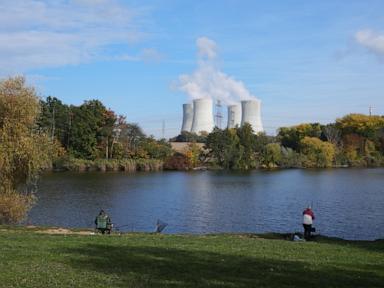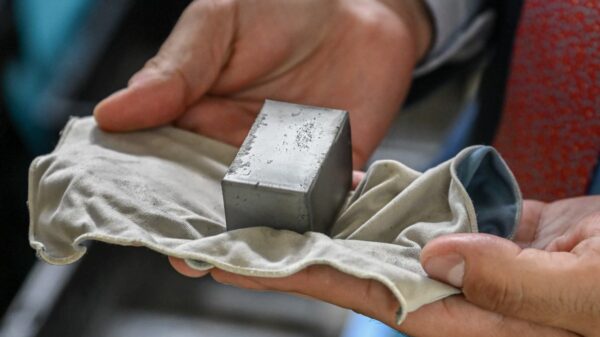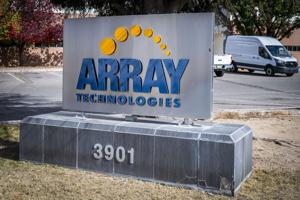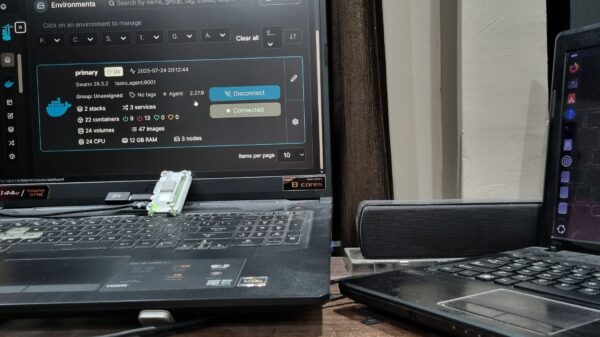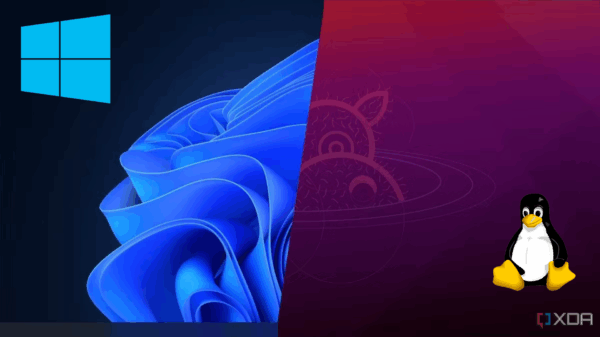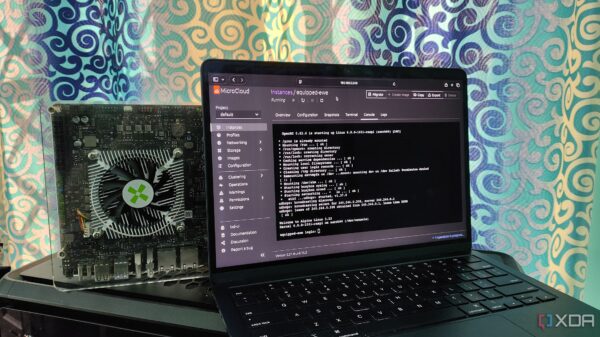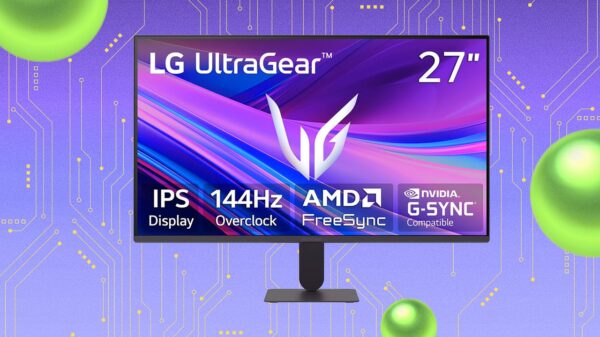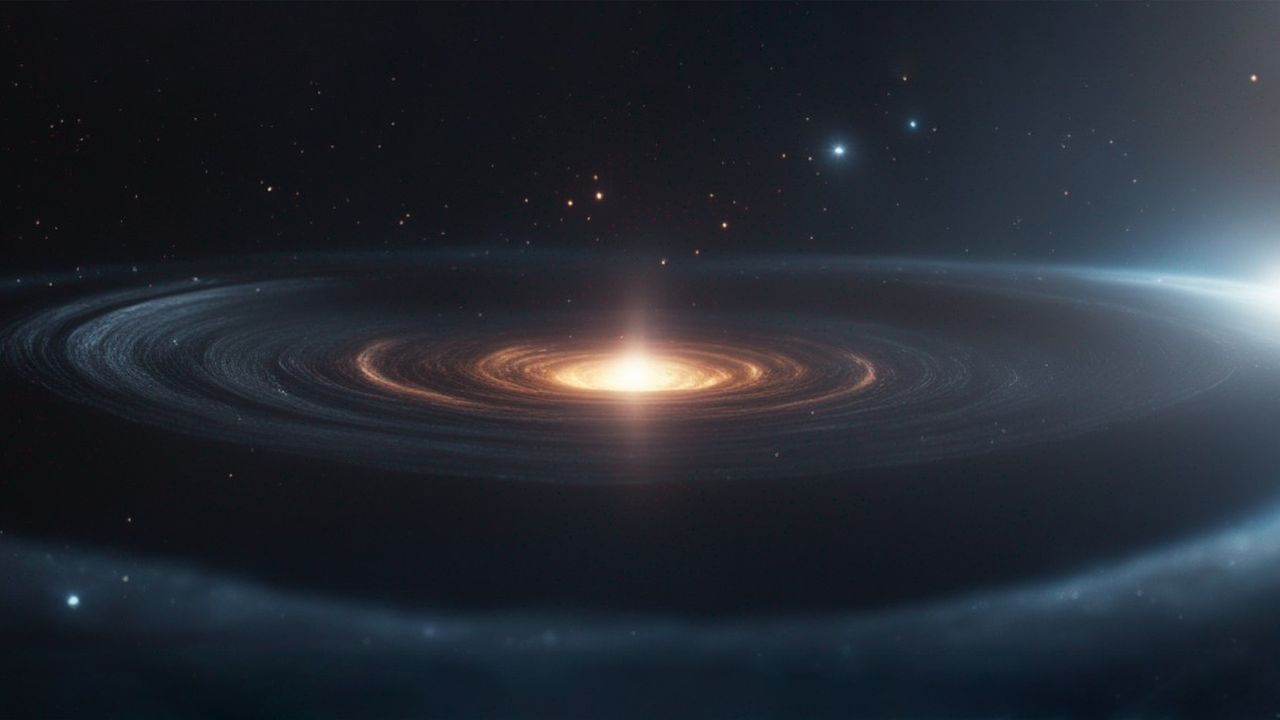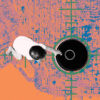The quest to understand the universe may soon take a significant leap forward as scientists aim to detect gravitational waves originating from the Big Bang. These primordial gravitational waves, thought to have formed during the universe’s earliest moments, could transform our comprehension of cosmic history. Researchers believe that with advancements in technology, particularly through the upcoming Laser Interferometer Space Antenna (LISA), they may finally obtain direct evidence of these ripples in space-time.
In 1916, physicist Albert Einstein first predicted gravitational waves through his theory of general relativity. These waves are generated by any mass that accelerates, causing ripples in the fabric of space-time. Although Einstein considered the detection of these waves improbable due to their faintness, a dedicated team of physicists proved him wrong nearly a century later with the development of the Laser Interferometer Gravitational Wave Observatory (LIGO). In 2015, LIGO made headlines by successfully identifying gravitational waves produced by merging black holes.
The gravitational waves detected by LIGO are incredibly faint, yet their source releases an astonishing amount of energy. For instance, merging black holes can generate energy equivalent to the total mass of the sun converted into pure energy within less than a second. Despite this powerful release, the waves themselves are invisible, and their effects are subtle, yet significant. Anything caught within a light-year of such an event would experience extreme gravitational forces.
While the detection of black hole mergers has provided valuable insights, it is the gravitational waves from the Big Bang that hold the potential for groundbreaking revelations. Cosmologists believe that during the initial moments of the Big Bang, the universe underwent a dramatic inflationary period, expanding exponentially. This inflation likely produced gravitational waves far more intense than those generated by black hole mergers.
Evidence of inflation remains indirect, primarily observed through variations in the cosmic microwave background. This radiation, released approximately 380,000 years after the Big Bang, displays temperature fluctuations consistent with the predictions of inflationary theory. Yet, researchers have not yet captured a direct view of the inflation event or the gravitational waves it produced.
These primordial gravitational waves, while still present, have become extremely weak over billions of years. Their wavelengths are so long that they blend into the background noise of the universe, making detection through current Earth-based observatories nearly impossible. LIGO’s sensitivity allows it to capture brief, sharp vibrations, but the waves from inflation are slow and long, hidden beneath the cacophony of other natural vibrations.
To address this challenge, the next generation of gravitational wave observatories, including LISA, will be located in space. Set to launch in the mid-2030s, LISA will consist of three satellites positioned between 600,000 and 3 million miles (1 million to 5 million kilometers) apart. These satellites will utilize lasers to detect minute changes in their distances caused by passing gravitational waves.
LISA’s scientific goals extend beyond searching for primordial gravitational waves; it will also investigate waves generated by supernovae and supermassive black holes. The success of LISA is uncertain, as the strength of primordial gravitational waves remains unknown, leaving researchers unsure of their current detectability.
Over a decade ago, the Big Bang Observer (BBO) was proposed as a potential successor to LISA. This ambitious project would involve dozens of spacecraft employing high-powered lasers to detect a broader range of primordial gravitational waves. However, as of now, the BBO remains a concept without concrete plans for development.
As the scientific community looks to LISA for answers, the stakes are high. The successful detection of primordial gravitational waves could offer an unprecedented glimpse into the earliest moments of the universe, providing transformative insights into the processes that shaped cosmic history. The quest continues, with hopes pinned on LISA to unveil the mysteries of inflation and the very fabric of our universe.






